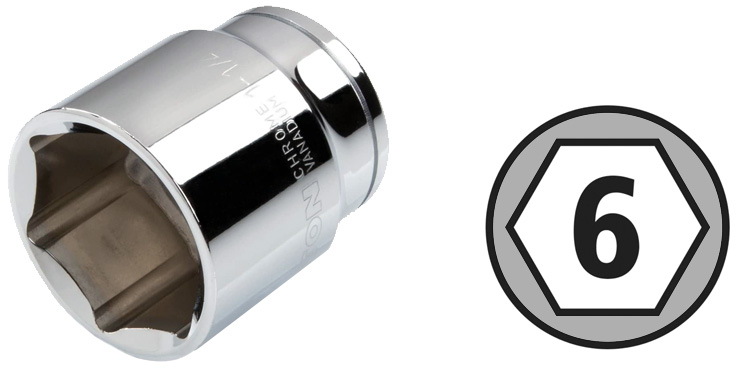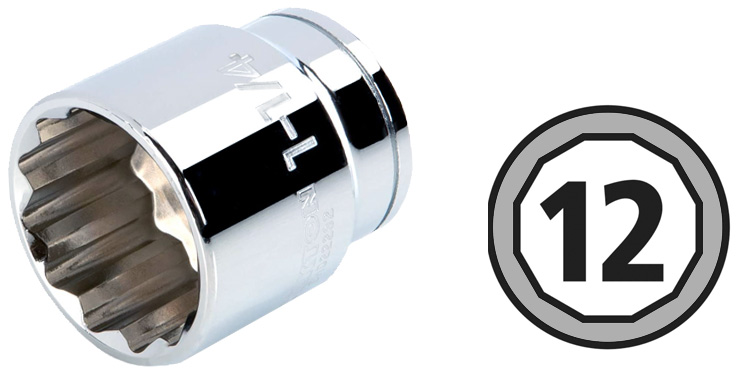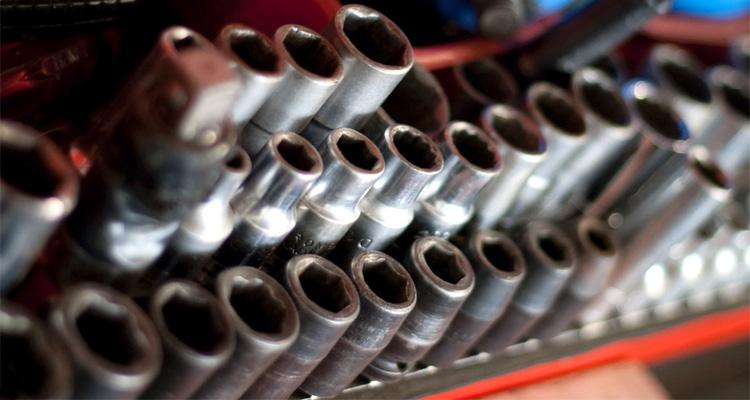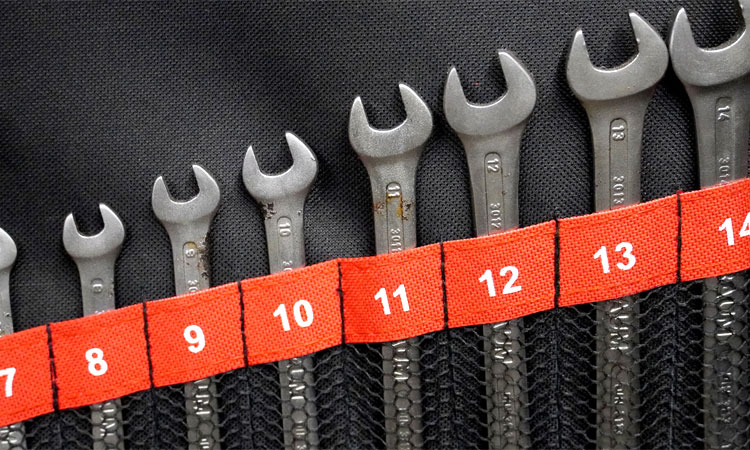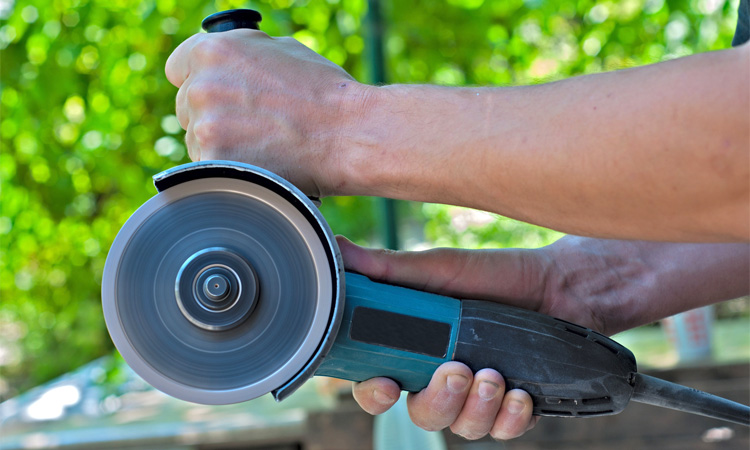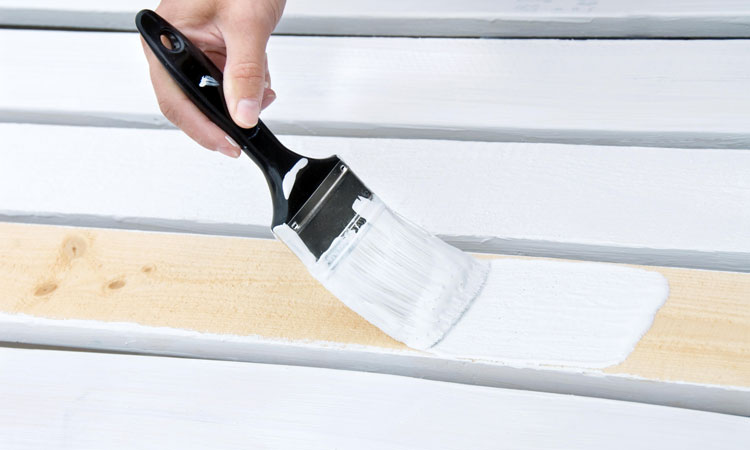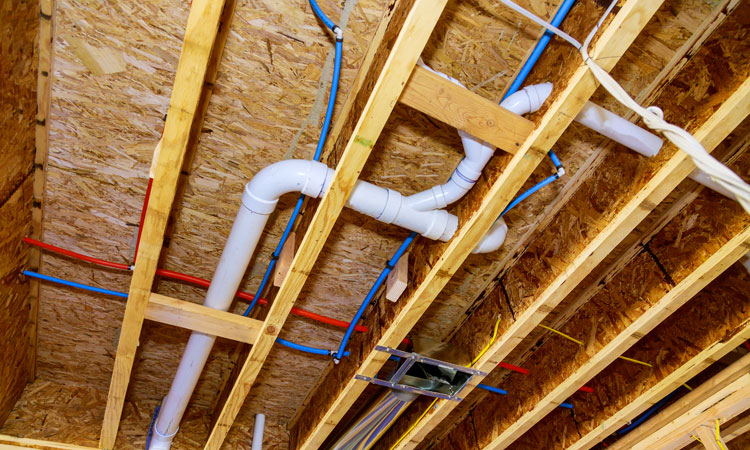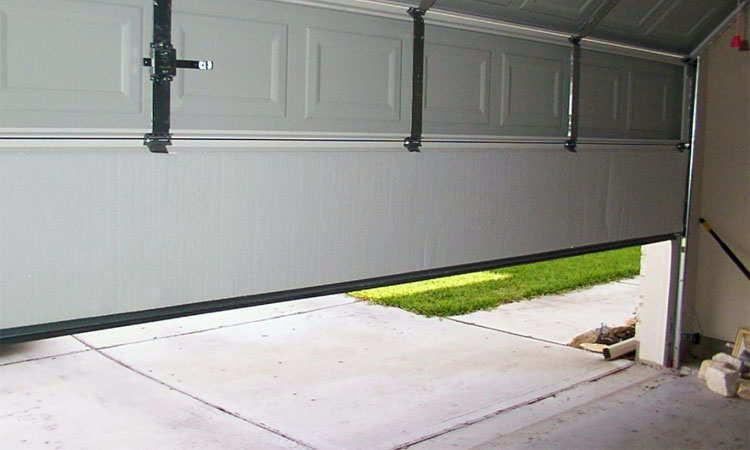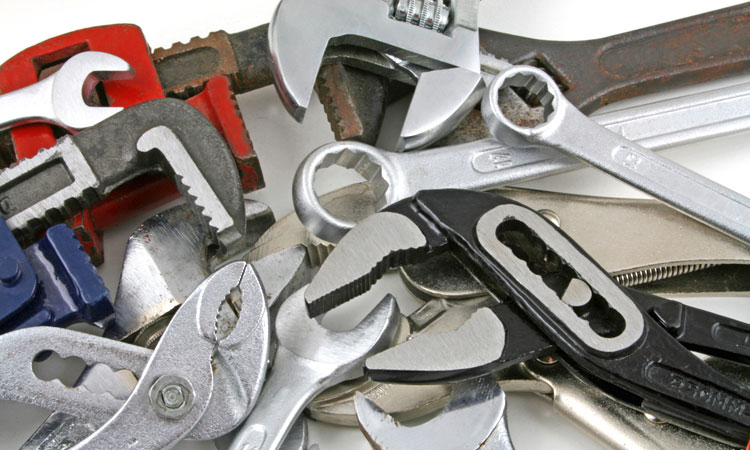6-Point vs 12-Point Sockets (Which is Better?)
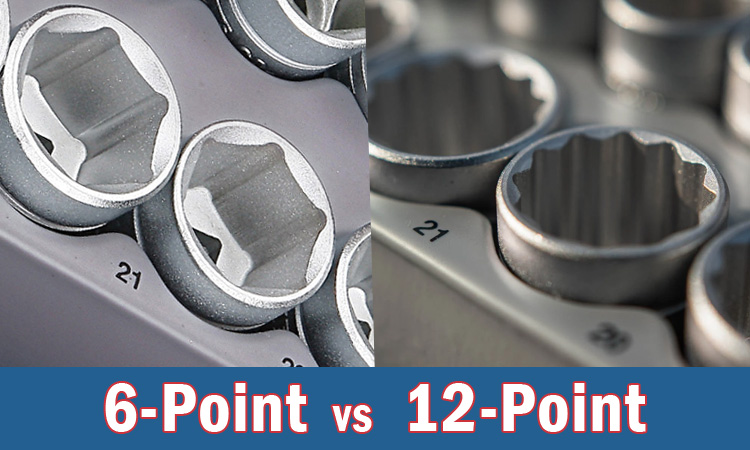
Even the best mechanic is only as capable as their selection of tools allow them to be. A quality selection of basic hand tools, allows a mechanic of any skill level to efficiently tackle an array of tasks. Of these basic tools, few are as valuable as a quality set of sockets.
Sockets come in a number of forms, all of which carry their own intended uses. However, this in itself creates quite the quandary for those hoping to round out their tool collection.
With such a wide range of socket sets and sizes currently available, how does one go about determining which sockets are best for their specific needs?
Perhaps most difficult to decipher is the relative value of 6-point and 12-point sockets, when compared to one another. Is one particular type of socket really any better than the next? Will either of these socket types function in place of one another?
These are just a few questions that you might be faced with when deciding how best to stock your toolbox. Read on to learn the real-world differences between 6-point and 12-point sockets.
6-Point Sockets
A 6-point socket features a hexagonal interior opening, which is placed over a fastener during installation or removal. A socket of this design has 6 individual “points”, which are orientated at 60-degree intervals to one another.
Advantages
6-point sockets are ideal when working with fasteners that are rusty, or slightly rounded-off, due to their ability to snugly fit most any hexagonal nut or bolt-head.
Many 6-point sockets are also designed with heavier walls, providing greater strength when used in heavier applications.
Disadvantages
6-point sockets are limited to use with traditional hexagonal fasteners. This limits their value when applied to some specialty applications, where 12-point fasteners are employed.
Fasteners of this type are commonly found within brake and driveline assemblies.
Common Uses
6-point sockets are widely used in high-torque applications, where the possibility of “round-off” is greatest. Additionally, the vast majority of today’s impact sockets are of a 6-point design.
12-Point Sockets
A 12-point socket features a double-hexagonal interior opening, which generally fits a variety of fasteners. Sockets of this design have 12 individual “points”, all of which are orientated at 30-degree intervals to one another.
Advantages
12-point sockets are excellent for general use, in light-duty applications. Sockets of this design can be used on a variety of fasteners, without any need to reach for additional tools.
12-point sockets can also be tamped down onto moderately rounded fasteners, providing a chance at successful removal, assuming that such fasteners are not overly tightened.
Disadvantages
12-point sockets are not ideally suited to high-torque applications, due to the relative angle of their individual “points”. This leads to a slight reduction in surface contact, which can cause slippage with the application of significant torque.
As a result, fasteners “round-off” is a somewhat common occurrence.
Common Uses
Many reserve the use of 12-points sockets for light-duty maintenance and repair. Ideally, sockets of this type are employed in situations where minimal rust is present, and little in the way of torque is required.
12-point sockets are also widely used when removing or installing specialty fasteners of a double-hexagonal variety.
Which Type Is Better to Have?
In a perfect world, a well-stocked toolbox would include a set of both 6 and 12-point sockets. However, most DIY mechanics can tackle the majority of projects they will encounter with the use of a quality 12-point socket set, assuming that they also have a basic set of 6-point wrenches at their disposal.
It’s worth noting that back in the day, 12-point sockets had a much higher tendency to round off fasteners giving 6-point sockets a major advantage. However, newer 12-point sockets incorporate a better design (flank drive) where the socket uses the flat area of a nut or bolt head to loosen/tighten as opposed to the pointed corners. This greatly reduces the chance of rounding off the fastener.
See Also: Spark Plug Socket Size Chart
Why Are 12-Point Sockets So Common?
12-point sockets are growing ever-more popular, due to their universal nature. Since 12-point sockets can be used to install and remove a wide variety of fasteners, the need to purchase additional tooling is minimized.
Sockets of this type are also favored by a large sector of the market, due to their ease of engagement, which comes as a byproduct of a 12-point socket’s double-hexagonal design.
Can I Use a 6-Point Socket on a 12-Point Nut/Bolt?
A 6-point socket cannot be used on a 12-point fastener. This is due to the design discrepancies between the socket, and the fastener itself.
The hexagonal opening of a 6-point socket is simply incapable of engaging the double-hexagonal head of a 12-point fastener. Therefore, the applicable uses of a 6-point socket are somewhat limited and do not extend beyond traditional fasteners.
Can I Use a 12-Point Socket on a 6-Point Nut/Bolt?
A 12-point socket can indeed be used to remove or install a 6-point fastener. However, discretion should be applied when determining whether or not to do so.
Since 12-point sockets offer less surface contact on a hexagonal fastener than a 6-point socket, slippage can result. Therefore, the use of a 12-point socket for this purpose is best avoided when working in rusty or high-torque applications.
What About Wrenches?
Like sockets, wrenches come in both 6 and 12-point configurations. The advantages and disadvantages of each also run parallel to that of sockets of the same design.
6-point wrenches are ideal for use in high-torque applications, while 12-point wrenches tend to serve as a time-saver when attempting to breeze through relatively straightforward tasks.
There are also a number of additional factors to consider when purchasing a set of wrenches, as numerous options are available to today’s consumers.
Aside from traditional box-end and open-end wrenches, a variety of ratcheting wrenches are also offered by numerous manufacturers. As opposed to their non-ratcheting counterparts, ratcheting wrenches articulate with limited movement, in much the same way as a ratchet.
No matter one’s choice, a quality set of wrenches is every bit as valuable as any sockets that you ultimately select for purchase. Each of these two types of tools is a must-have for the DIY mechanic, and offers substantial value, no matter the task at hand.

